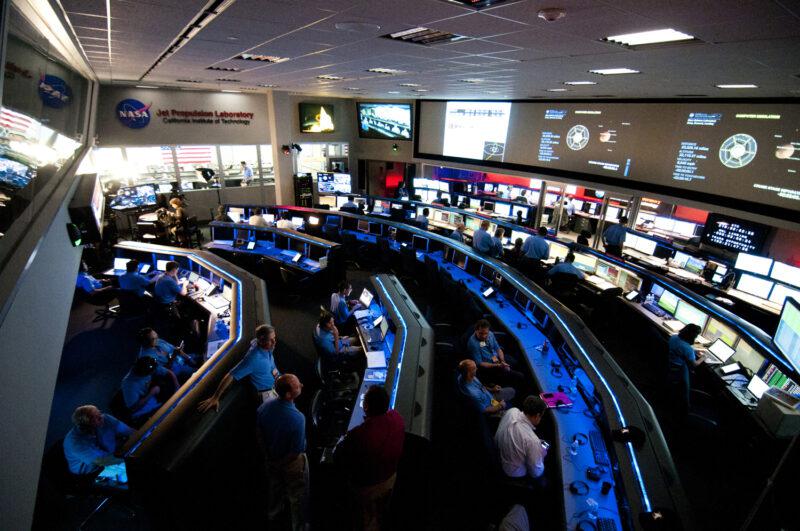At the probe Voyager 1 of NASA, one of the most distant human artifacts from Earth, 24 billion km, has started transmitting understandable data again after overcoming some malfunctions that risked interrupting the historic interstellar space exploration mission. The Deep Space Network, a system of ground-based radio antennas, played a crucial role in maintaining communications with the probe.
After decoding the signals from the probe, the NASA team discovered that 3% of the flight data system’s memory was corrupted due to a malfunctioning chip. This problem had made the scientific and engineering data that Voyager 1 transmitted to Earth were unusable. However, the engineers decided to store the affected code in other areas of the system’s memory.
To succeed, the team had to modify sections of code and update the code’s new location in the system’s memory. On April 18, a radio signal was sent to the probe to direct the code to the new location in the system’s memory. Because of the immense distance—about 22.5 light hours from Earth—at which Voyager 1 is located, NASA engineers only received confirmation that the changes had been successfully implemented on April 20.
Launched in 1977, the Voyager 1 and Voyager 2 probes continue to exceed all expectations, operating well beyond their initial five-year goals.
The Voyager team remains optimistic even though the difficulties increase exponentially with the passage of time and distance from Earth. As he stated Susan Dodd, project manager della Voyager: “We never know for sure what will happen, but it never ceases to amaze me that they are still making progress”.
